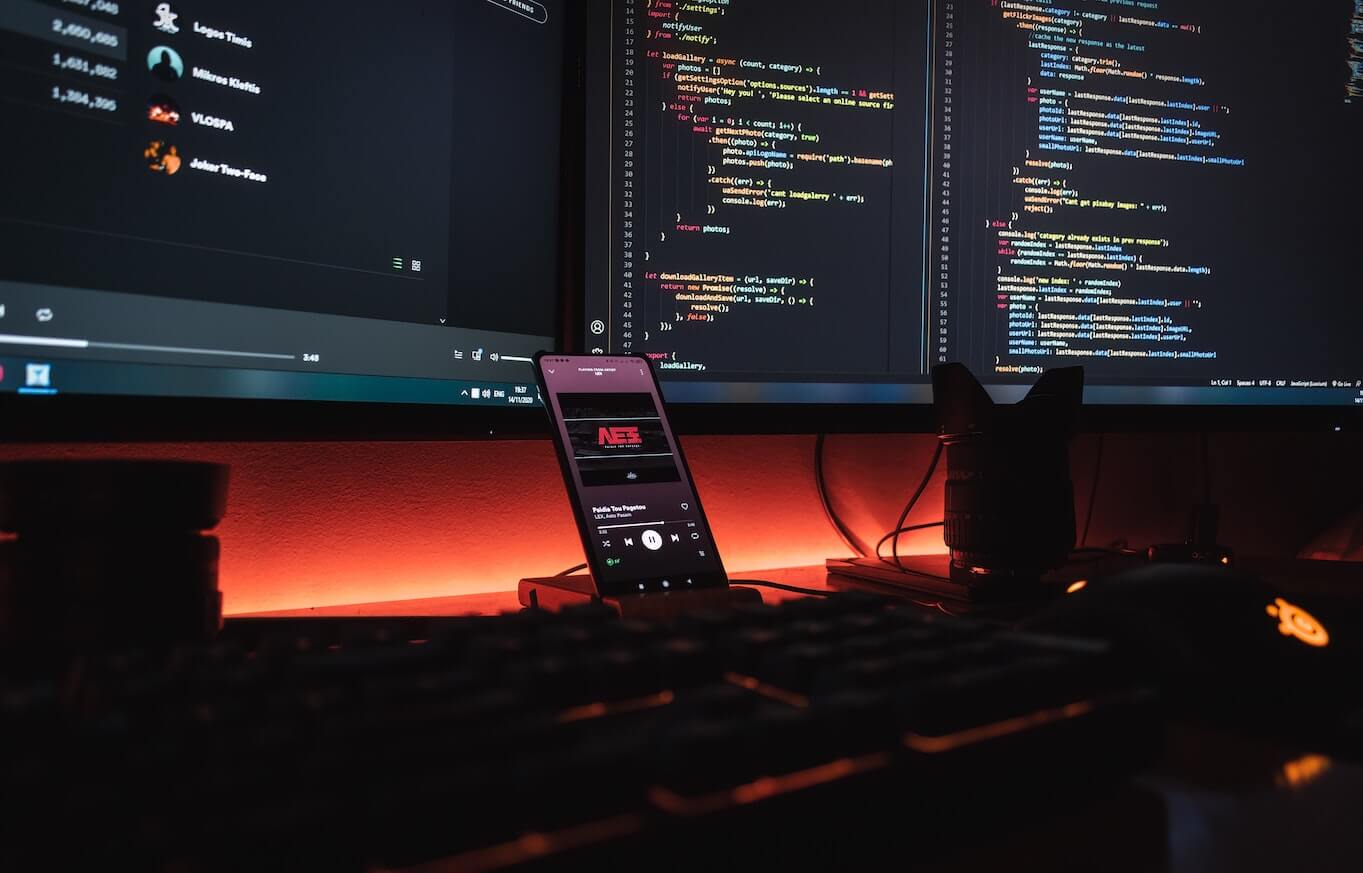So, first things, first. In most cases, you have a third option for your application – a cross-platform app that works on Android, iOS, and desktops using Windows and Linux. Choosing between Native vs. Cross-Platform is a more complex discussion of its own. We covered it briefly in Choosing a Software Platform and Its Impact on Outsourcing, and in the near future will discuss it in more depth.
Native apps are the route to go when you need high-performance software that doesn’t need a constant Internet connection to work. Taking the native route makes it possible to take greater advantage of device-specific features and functionality. Native apps also tend to be more secure and intuitive to use. Otherwise, if your app doesn’t rely upon all of these issues so heavily, for simplicity, a cross-patform app might be your best option.
Going the native app route is more expensive if you want your software available on both Android and iOS devices. For this, you’ll need two complete versions of your app. When funds are not a limitation, many companies will develop concurrently for both. But, for many startups, it’s a question of, “Should I develop for the Android or iOS market first?”
And that brings us to a whole lot of marketing talk.
